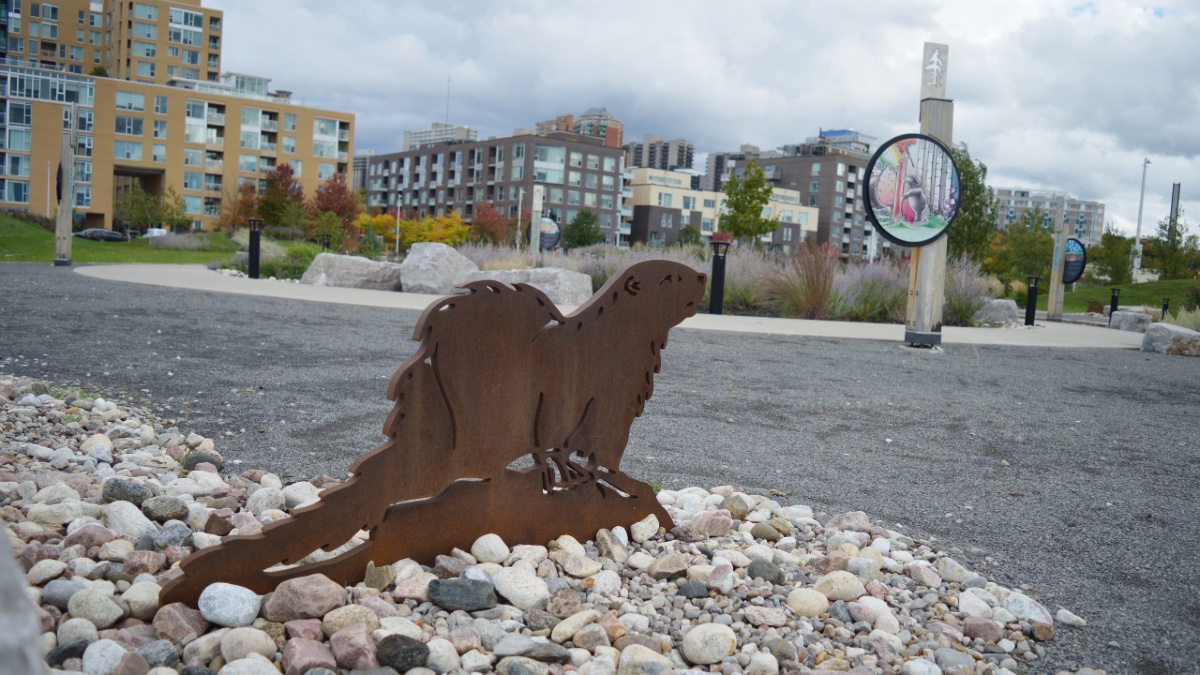Data from Statistics Canada paints a bleak picture of Indigenous languages in Canada but the real picture could be even worse because of the self-reporting nature of the federal census.
Before the arrival of Europeans, the Americas were home to a variety of languages and dialects.
But after centuries of colonization that produced such things as residential schools and the Indian Act, which prohibited the speaking of Indigenous langauges, learning these languages was significantly disrupted.
The result is that almost all Indigenous languages in Canada are considered to be critically endangered. Data from the 2021 census shows how many remaining speakers self-reported their knowledge and competency in each Indigenous language and dialect.
While the data look bleak, the outlook is even bleaker because people tend to over-report how fluent they are, says Henry Davis, a linguistics professor at the University of British Columbia who studies Indigenous languages.
People tend to over-report their competency, so those figures are hugely inflated. Those figures are used to give a false sense of security about the status of languages, they’re in real, real trouble.
Henry Davis, linguistics professor, University of British Columbia
“People tend to over-report their competency, so those figures are hugely inflated,” he said. “Those figures are used to give a false sense of security about the status of languages, they’re in real, real trouble.”
He says he believes competency is over-reported because there are no criteria for what constitutes a fluent speaker and because whether someone is able to speak the language of their nation is deeply linked with their personal, political and cultural identity.
“First Nations languages in Canada are highly politicized. They form part of your identity as a First Nations person,” Davis said. “If you are a nation without a language, you’ve lost part of who you are as a nation.”
As such, when the census comes along, he says that knowledge of Indigenous languages tends to be over-reported, with those who are learning the language or even unable to hold a conversation reporting they are speakers. The census is also a very crude measure because participants simply check whether they can speak the language without being asked to report their level of knowledge.
“The issue of who counts as a speaker is very, very vexed,” he said. “Now you come along with the survey, and you say, ‘Are you a speaker?’ What does something like that say? They’re in a situation where if they say ‘no,’ they’re basically annihilating their identity again.”
As such, if they say ‘yes,’ he says they’re not totally representing the depth of their knowledge of the language, but if they say ‘no,’ they’re denying an important part of their identity and potentially opening traumatizing psychological wounds.
To complicate the matter further, he says there’s a generation of semi-speakers, sometimes called the silent speakers. These individuals knew their native language as children but stopped speaking it after going to residential schools where they were punished for speaking their mother tongue. Ultimately, the issue of who is a speaker and who is not is complex and is not accounted for in the census.
Today, Davis says, many young people are trying to learn these languages. Since it is an important part of identity, learning an ancestral language can be an important way of reconnecting with their culture and identity which was taken by colonization.
“Language revitalization for them is not just learning a language,” Davis said. “It’s actually re-constructing their soul.”
Efforts to revitalize Indigenous languages have gained momentum in recent years, driven by community initiatives, cultural programs, and federal support. The Indigenous Languages Act, passed in 2019, seeks to protect and promote Indigenous languages and affirm their status as integral to Canada’s heritage.
Language programs, in-person and online, have been developed to encourage learning among young people and reconnect families with their linguistic roots. Community-driven revitalization projects and media broadcasts in Indigenous languages have further supported this movement, with notable programs such as CBC North’s Indigenous language programming helping to reach wider audiences.
Further, Davis says that new technological advances such as computer programs that can automatically segment and analyze recordings will help to preserve Indigenous languages. And while many languages are on the verge of extinction, Davis says that, even when there are no more native speakers, that doesn’t necessarily mean a language is gone.
Languages aren’t like species, which is the usual analogy: once you’re extinct, you’re extinct. Languages can come back from the dead.
Henry Davis, linguistics professor, University of British Columbia
Right now, Davis is reconstructing Lhechelesem, a Salish language formerly spoken by the Nooksack people in northern Washington State. He says there haven’t been any living speakers since 1977, however with a few hours of the language recorded on tape and a handful of word lists, linguists are using information from neighbouring languages that are still around to put together grammar, word lists and textual material for the language so people in the community can start to relearn it.
Although the term ‘extinction’ is commonly used when talking about endangered languages, he says it isn’t really an accurate term, and many communities with no more first-language speakers prefer the term “sleeping language.”
“Languages aren’t like species, which is the usual analogy: once you’re extinct, you’re extinct,” he said. “Languages can come back from the dead.”




